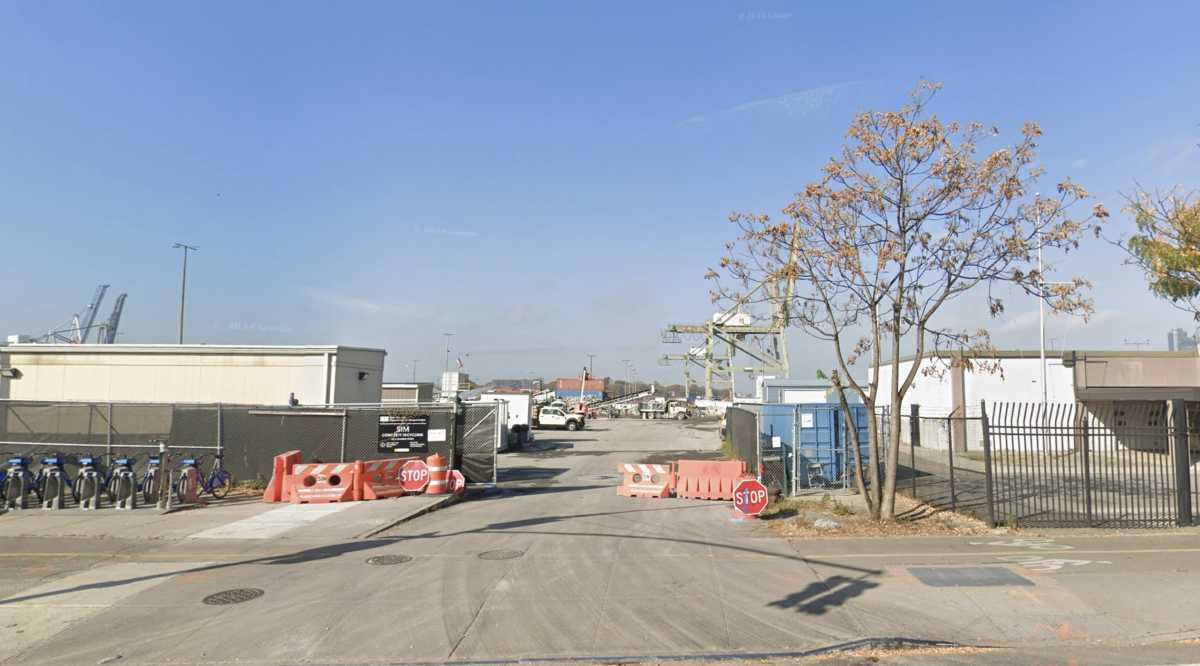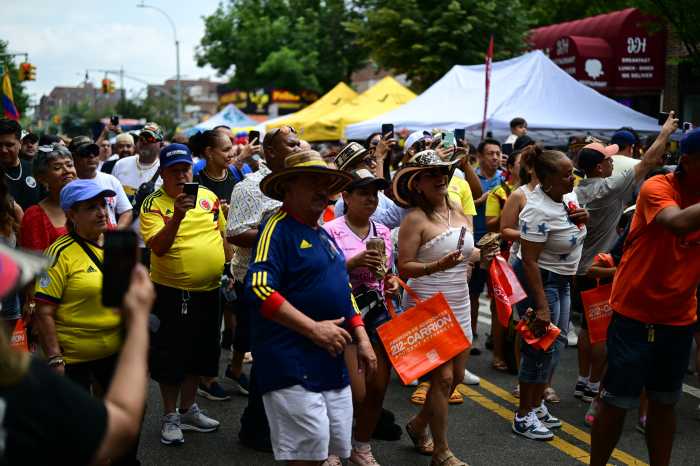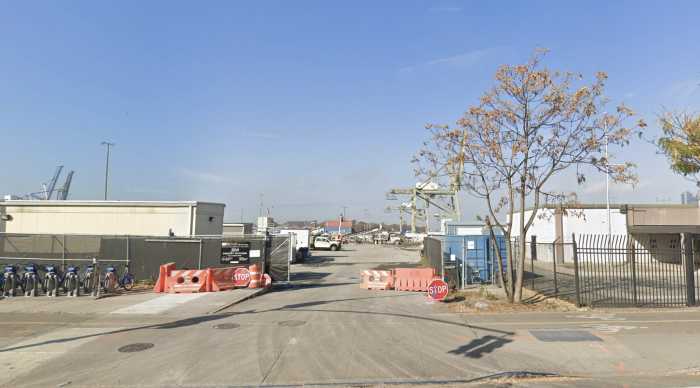By Stephanie Murg
According to retailing’s most famous maxim, the customer is always right — that is, unless the store is Wrong. The Wrong Store opened on May 19, smack dab in the middle of the Chelsea art scene (259 Tenth Ave. near W. 25th St.). Its shelves are stocked with one-of-a-kind and limited edition artist-designed objects and books. The catch? No one can enter the store, and despite the price tags, nothing’s for sale.
“Come in, We’re Closed!” chirps the ambivalent red sign affixed with a suction cup to the inside of the pseudostore, which is actually 100 square feet of prime ground-floor space owned by gallerists Niels Kantor and Zach Feuer. The store is loosely based on The Wrong Gallery, a recent project by Maurizio Cattelan, Ali Subotnick, and Massimiliano Gioni that transformed a Chelsea doorway (516A1/2 West 20th St.) into New York’s smallest art gallery before it was transplanted to London’s Tate Modern in 2005.
The Wrong Store takes the idea one step further, right into the marketplace, complete with window decals that assure the would-be shopper that Visa and Mastercard are accepted. Artist and designer Tobias Wong, who created and curated The Wrong Store with Gregory Krum, calls the project “an art installation in the language of a retail or guerrilla shop.”
“We thought it would be an interesting idea to create a miniscule shop, a teeny tiny exhibition,” says Krum, who is also the director of retail for the Cooper-Hewitt National Design Museum. “The point is that it’s a shop, but you can’t participate in the traditional way. It’s more about looking and thinking about objects.” Among the project’s inspirations were the musings of French philosopher and critic Roland Barthes on the need of society to assign everything a practical function. By stripping the store of its traditional use, says Krum, “all it has to do now is just sit there and mean something.”
In a 21st-century gesture that would warm the hearts of Barthes, Andy Warhol, Jean Baudrillard, and Marshall McLuhan, the storefront is the store, or at least a simulation of a store. In executing the project, Wong and Krum spared no detail. They hired a branding agency, a PR firm, and ordered business cards, letterhead, and of course, shopping bags. “As much as it is an [art] installation, it really is to function as a business,” says Wong. “We really went all out in getting everything perfect, because we had a responsibility to the artists and designers whose work is in the store.”
A glimpse into The Wrong Store suggests that the shopkeeper has just stepped away from his desk. A black coat is slung over a chair, a laptop yawns open, scrawled phone messages await answers, and an ashtray sits patiently beside an abandoned bottle of Rolling Rock and a bulletin board papered with Barbara Kruger’s famous capitalist cogito: “I Shop Therefore I Am.” Step close enough to the window and a two-tone welcome chime signifies your arrival to no one. Half a potted bonsai completes the tableau with a nod to the bifurcated office of Willy Wonka (think Wilder, not Depp).
In stocking the store, Wong and Krum aimed high, asking themselves what their dream store would look like. The answer includes works by art and design world luminaries including Richard Prince, Herzog and de Meuron, and Yves Behar. For the kids, the store features Verner Panton’s “Camel” (1975) made of wooden blocks and Jenny Holzer’s model racecar, emblazoned with the creepy Holzerism “You are so complex you don’t respond to danger.”
“We made it a point to ask people to create things specifically for the shop, which is kind of the most outrageous thing: to have specially commissioned, one-of-a-kind, highly desirable objects that no one can buy,” says Krum. “It works to raise desire to its nth degree.” Although both creators think of the store as one big favorite piece, Krum is particularly fond of the line of “Sporting Goods” contributed by Belgian design house Maison Martin Margiela and consisting of a soccer ball, tennis ball, and football sheathed in white cotton. Art books are also in abundance, from “A by Andy Warhol to Store Days,” a chronicling of Claes Oldenburg’s store-based art project of 1962.
Despite the transient nature of The Wrong Store, “we approached as if it were a permanent business,” says Wong, which required things like a tax ID number and made for some real-world snafus. For example, “Helmet” (2005), a crocheted gas mask hat created by Dutch designer Hella Jongerius caught the eye of United States Customs agents, who held up the FedEx until Wong and Crum convinced them it wasn’t part of a terrorist plot. And when insuring the store for a mere two months proved impossible, they had to take out a full-year policy. “The space also happened to be an emergency exit,” says Wong’s assistant Jonathan Miller, “and that wasn’t discovered until a little later — on the first day of installation.”
According to Wong and Krum, Chelsea has embraced The Wrong Store. “I was afraid there would be a backlash or something, but there’s been absolutely none of that,” says Krum. “People go there expecting the shop to be open, but once they realize the whole thing is an installation, they get it, and then they take time to look at all of the objects. It’s kind of amazing.”
So when they’re up for non-conceptual shopping, where do the minds behind The Wrong Store shop? Wong and Miller are fans of the Urban Outfitters clearance corner, “especially when the items are an additional 50 percent off the ticketed price,” says Wong. “It’s a great place for market research,” adds Miller, who also favors New York flea markets. “I prefer shopping outside the realm that I work in,” says Krum. “So I love a seriously good food store.”
Attention shoppers: run, don’t walk to The Wrong Store. It’s only open (well, closed) through July 9.
































